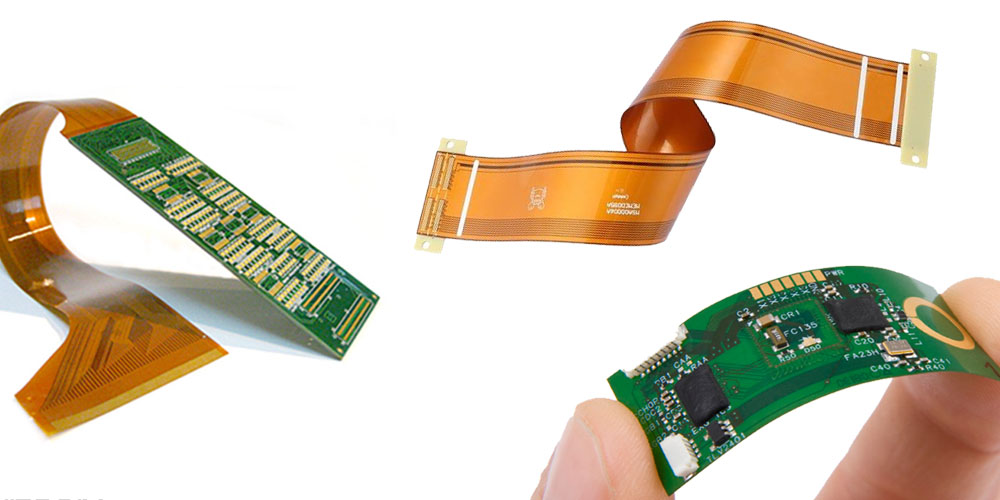Printed circuit boards offer mechanical support for electronic components. They are held in place using conductive tracks or pads and wired, connecting them to form a complete circuit. The components are attached to a copper base held to the board by substrate layers that are non-conductors. PCBs are made differently based on their uses in applications such as the rigid or flexible PCB. Each type has distinct layers designed with high expertise to ensure they are correctly placed. We discuss the different forms of PCBs below.
Different Forms of PCBs
There are standard types of PCBs, but some companies provide customization sizes depending on your need. Whichever kind you choose, the layers are viewed using special tools like the Altium Gerber before they are ready for use. We categorize the PCBs based on the number of layers and rigidity.
1. Single-layer PCB
Also known as single-sided, it has a straightforward manufacturing process, making it the most common type. It is made of copper, silkscreen, and solder mask materials. PCBs are known for their current transmission, which is facilitated by copper material. Copper is a good conductor of electricity hence a significant part of the board. During the design process, component marking is done, and silkscreen acts as the base. The solder mask prevents the PCB from oxidizing and stays in its original condition. Since the production cost of the single-layer PCB is low, manufacturers use it to produce objects like radios in bulk.
2. Double-layer PCB
It is also referred to as a double-sided PCB, meaning it has three primary materials on either side: top and bottom. The materials are copper, solder mask, and silkscreen arranged in this order from the board outward. Wiring is done through the layers via a hole on the printed circuit board, but the electronic components are only connected to the copper layer. Some advantages of the double layer PCB are compact size and more flexibility than the single-layer PCB.
3. Multi-layer PCB
This type of PCB has more than two layers meaning its material content is higher than the single and double-sided PCBs. During manufacturing, multiple layers with a similar function like conductive are placed on the board, matching those carrying out another function like insulation. The PCB has a complex design due to the multiple layers. It is used to develop large objects in complex applications like data storage, medicine, and GPS technology.
4. Flexible PCB
Its number of layers varies depending on the type and consists of flexible material components. The materials, i.e., polyamide or polyester, allow it to bend and twist and take the base’s shape. Flexible PCBs are suitable for parts that require movement in different directions and come in handy in applications like electronics and automotive.
5. Rigid PCB
The PCB also has multiple layers, but it cannot be twisted or bent. Its material contents make it firm and solid hence difficult to break and last for an extended period. A base is used during installation, and the PCB retains its shape. Rigid PCBs are ideal for computer parts, for example, the CPU.
6. Flex rigid PCB
It’s an in-between of the rigid and flexible PCB. Its layers are both rigid and flexible, connected to form one board. Its mainly used in phones, cameras, and automobiles.
Final word
The different forms of PCBs serve various purposes in applications. In most cases, the layers determine their use example, those with multiple layers are suitable for complex objects. Seek guidance from a design expert to know which type is perfect for your need and its advantages. Also, consider the production cost since it varies from one to another.
